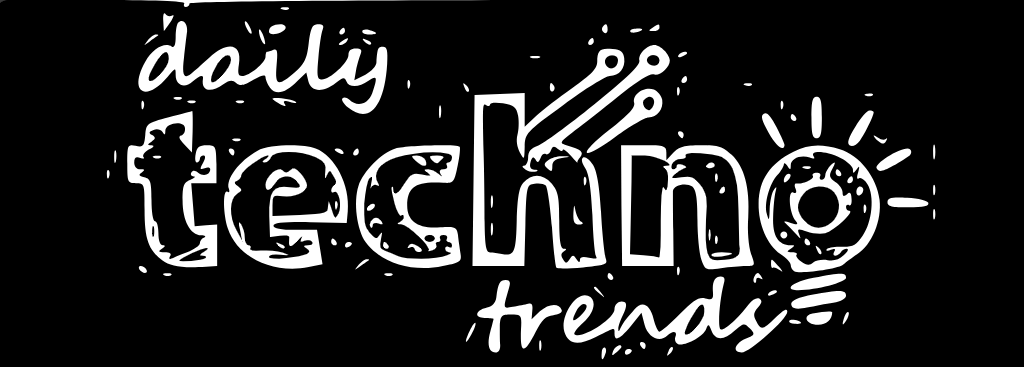In May 2019, Ultrahaptics and Leap Motion underwent a significant transformation, uniting under the new brand name Ultraleap, symbolizing the amalgamation of these two innovative tech startups. Ultrahaptics took the lead in the acquisition, investing approximately $30 million to bring Leap Motion into its fold.
Despite missing a meeting at CES due to the challenges posed by COVID, I had the opportunity to catch up with Tom Carter, co-founder and CEO, over a coffee away from the chaos of MWC 2024. Tom, who previously served as the CTO at Ultrahaptics for six years, now holds the same role in the newly formed Ultraleap.

At the core of this acquisition is a strategic effort to integrate the technologies of both companies, with a primary focus on the emerging realm of extended reality (XR). Carter shared his perspective, emphasizing the long-term vision for XR, which transcends a singular vertical, encompassing diverse applications and ultimately aiming at interacting with 3D content.
Leap Motion, established in 2010, gained recognition for its Leap Motion Controller—a compact peripheral featuring IR cameras and infrared LEDs for hand tracking. The company shifted its primary focus to VR shortly after Oculus introduced its inaugural headset to Kickstarter backers. However, the initial product faced challenges, partly due to other companies opting for in-house hand-tracking solutions.
Ultrahaptics, founded three years later by University of Bristol students, employs ultrasound waves to generate tactile feedback. Initially targeting the automotive sector, the technology uses a console-based speaker to enhance in-car heads-up displays through partnerships with automakers. The second vertical is XR, where Leap Motion’s technology plays a crucial role. The joint endeavor aims to seamlessly integrate both technologies into a device providing tactile feedback while tracking hand movements, offering a more immersive virtual experience.
Addressing a longstanding challenge in XR—sensory feedback—the Ultraleap solution differentiates itself from conventional approaches involving wearable gloves with haptic motors. Carter believes that a compact “puck” placed on the floor, emitting waves to the hands, is a more appealing solution for XR users. This device could also be mounted on the visor, leveraging the directionality of ultrasound waves to create a sense of resistance or force.
The recent unveiling of Sensation Designer at CES marks a pivotal step toward commercializing this collaborative technology. This software package empowers developers to integrate haptic experiences into XR applications. An intriguing demonstration at CES featured a virtual bonsai tree, with Leap Motion determining hand orientation and haptics providing tactile feedback upon interaction with the virtual object.
In its final iteration, this technology has the potential to elevate the virtual experience across various domains, including gaming and enterprise applications, by introducing an additional layer of realism and sensory engagement. The journey of Ultraleap reflects a commitment to pushing the boundaries of XR and redefining the way users interact with 3D content.


